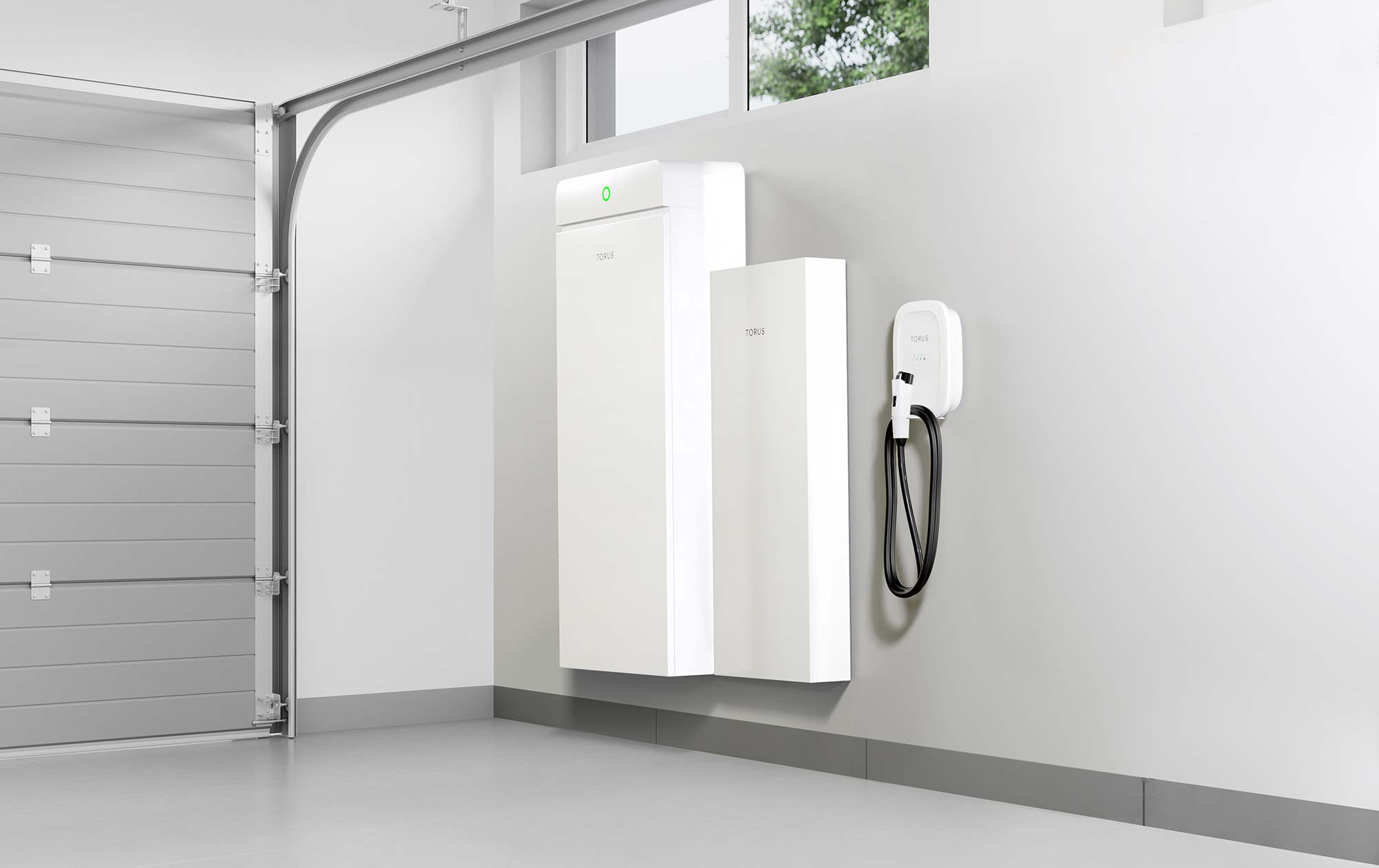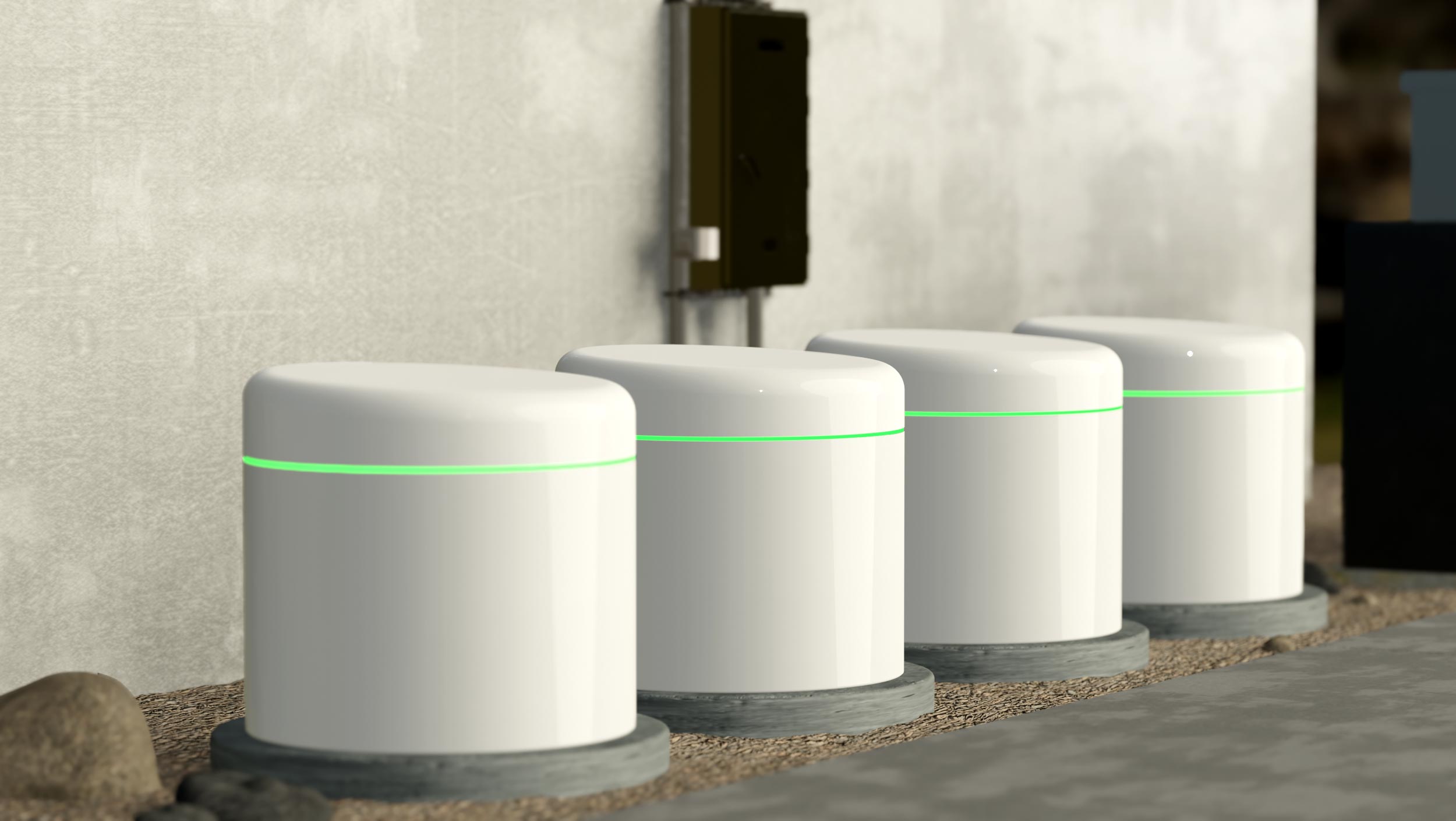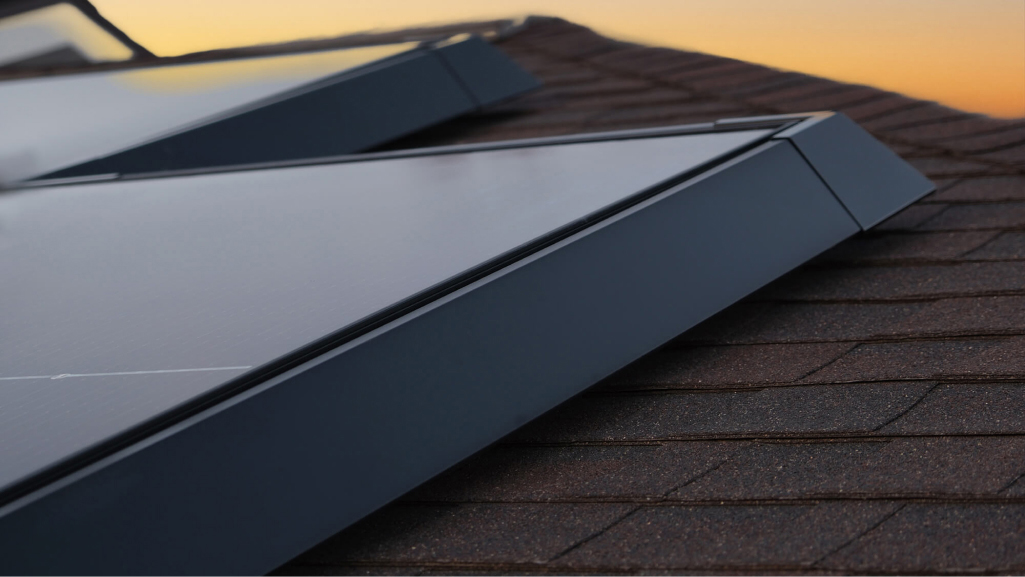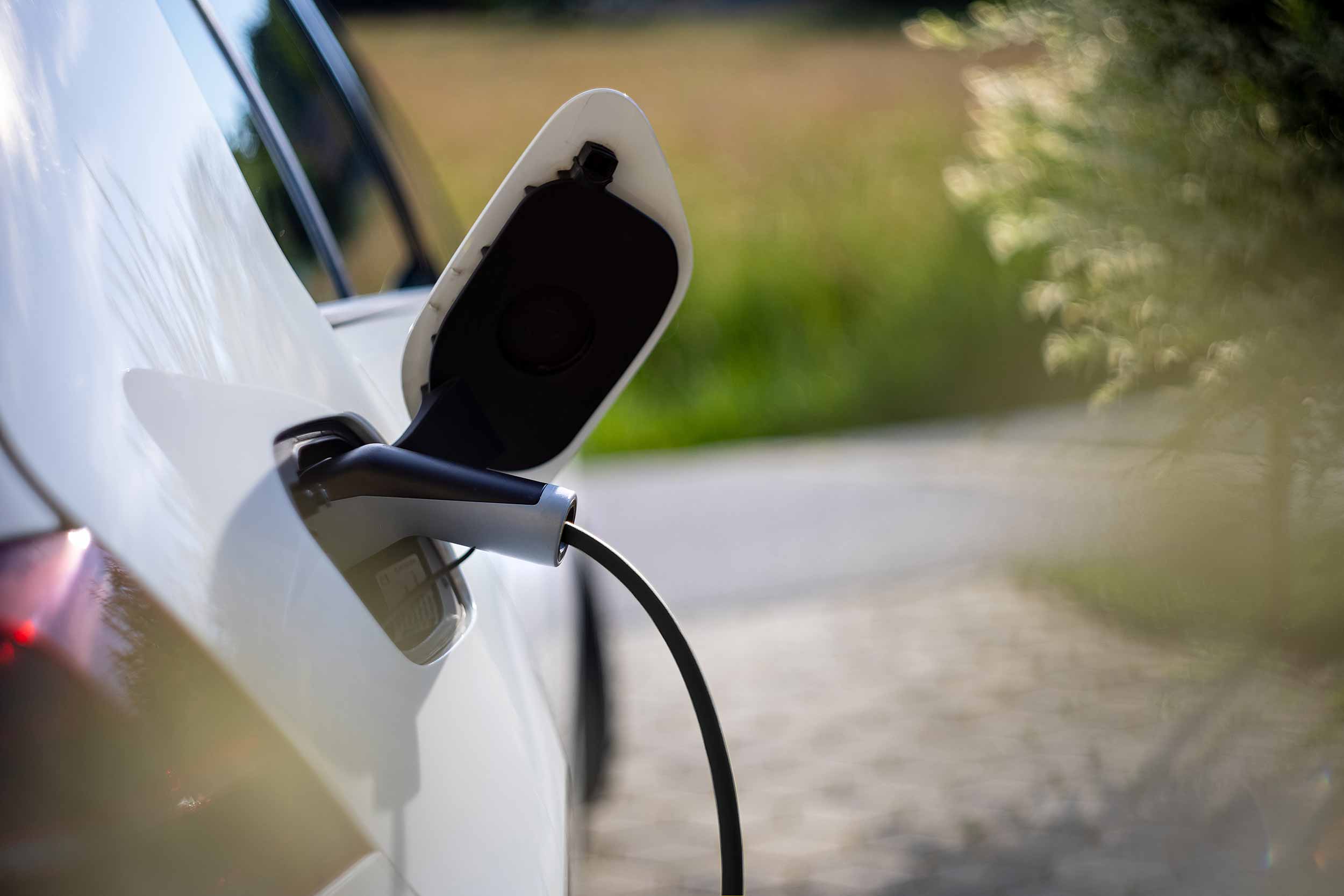How Do Smart Thermostats Work?
The most intelligent way to heat and cool your home
In this age of advancing technology, our homes are becoming smarter and more energy-efficient. A more widely-used innovation is the smart thermostat, which offers precise control over our home's heating and cooling systems. Smart thermostats go beyond traditional thermostats by leveraging intelligent features and connectivity to optimize energy usage, enhance comfort, and reduce utility bills. Read on for some of the benefits and features of smart thermostats, as well as a look into how they’re transforming the way we manage our home's climate control.
Energy Efficiency and Cost Savings:
- Precise Temperature Control: Smart thermostats allow homeowners to fine-tune temperature settings with greater accuracy, adjusting them based on occupancy and personal preferences. This level of control ensures optimal energy efficiency, as the thermostat can automatically adjust temperatures when occupants are away or asleep.
- Learning Capabilities: Many smart thermostats employ machine learning algorithms to understand household routines and preferences. They adapt and create personalized temperature schedules, optimizing energy usage and reducing wasted energy.
- Remote Access and Monitoring: Smart thermostats can be controlled remotely through mobile apps, enabling homeowners to adjust settings even when they’re on the go. This feature allows for energy savings by ensuring heating or cooling is only activated when needed, such as when returning home or when unexpected changes occur.
- Energy Usage Insights: Smart thermostats provide detailed energy usage reports, allowing homeowners to monitor their consumption patterns and make informed decisions about energy-saving practices. This information can help identify areas for improvement and guide behavioral changes to further reduce energy waste.
Enhanced Comfort and Convenience:
- Geolocation and Presence Detection: Smart thermostats can use geolocation technology to detect when occupants are approaching or leaving home. They can adjust the temperature accordingly, ensuring a comfortable environment upon arrival while conserving energy when the home is unoccupied.
- Zone Control and Room-Specific Settings: Some smart thermostats support multi-zone systems, allowing temperature control in different areas of the house independently. This feature enables personalized comfort preferences for each room, eliminating temperature imbalances and optimizing energy usage.
Smart Integrations:
Smart thermostats can integrate with other smart home devices, such as smart lighting or occupancy sensors. This integration enables a coordinated approach to energy efficiency, where multiple systems work together to optimize energy consumption based on occupancy and natural lighting conditions.
Data and Insights:
Energy Usage Tracking: Smart thermostats provide real-time data on energy consumption, offering homeowners valuable insights into their heating and cooling habits. This data can drive awareness and encourage behavior changes that promote energy conservation.
- Efficiency Recommendations: Many smart thermostats offer personalized recommendations for improving energy efficiency based on usage patterns. These suggestions may include adjusting temperature settings, optimizing scheduling, or recommending system upgrades for greater efficiency.
- Environmental Impact: Smart thermostats often quantify the environmental impact of energy savings achieved, providing users with a tangible measure of their contribution to reducing carbon emissions and conserving natural resources.
Seamless Integration and Smart Home Compatibility:
- Voice Control: Smart thermostats are often compatible with virtual voice assistants such as Amazon Alexa or Google Assistant. This allows users to control temperature settings through voice commands, offering added convenience and accessibility.
- Integration with Smart Home Systems: Smart thermostats can seamlessly integrate with broader smart home ecosystems, allowing for centralized control and automation of various connected devices. This integration enhances the overall energy efficiency and convenience of the smart home.
The Torus Station is the most effective way to create, store, and manage clean, renewable energy at home.
Curious? Learn More.
Interested in a free consultation? Get in Touch
Ready to commit? Customize your system




